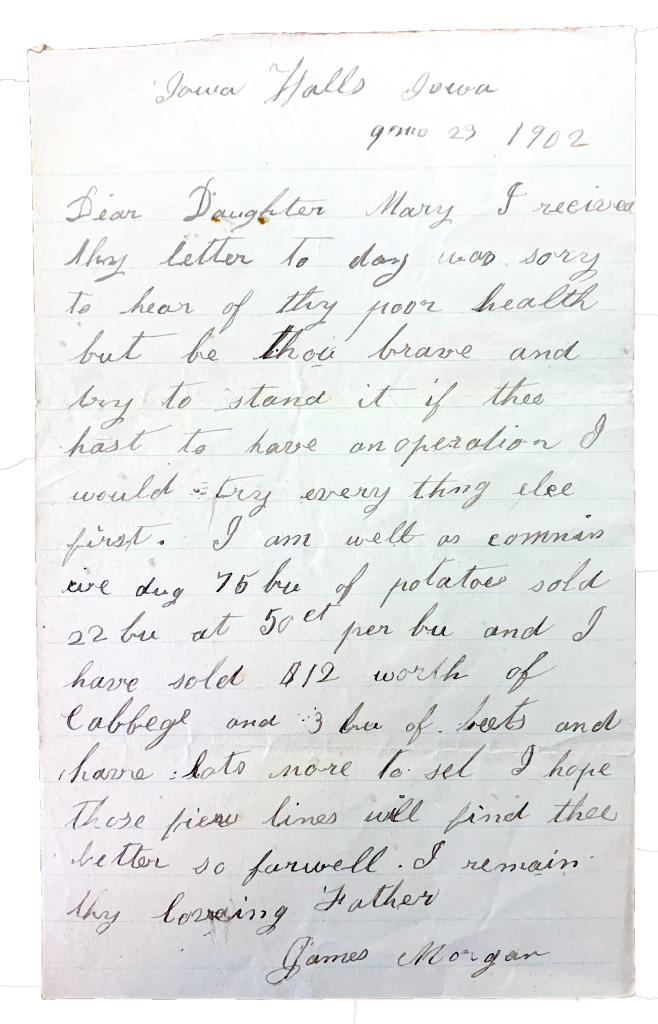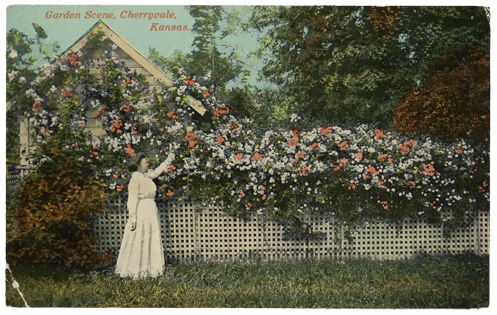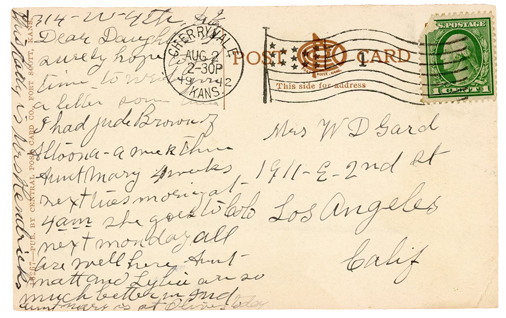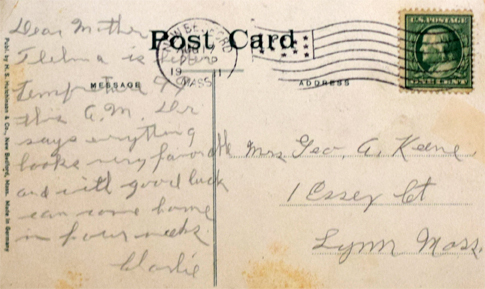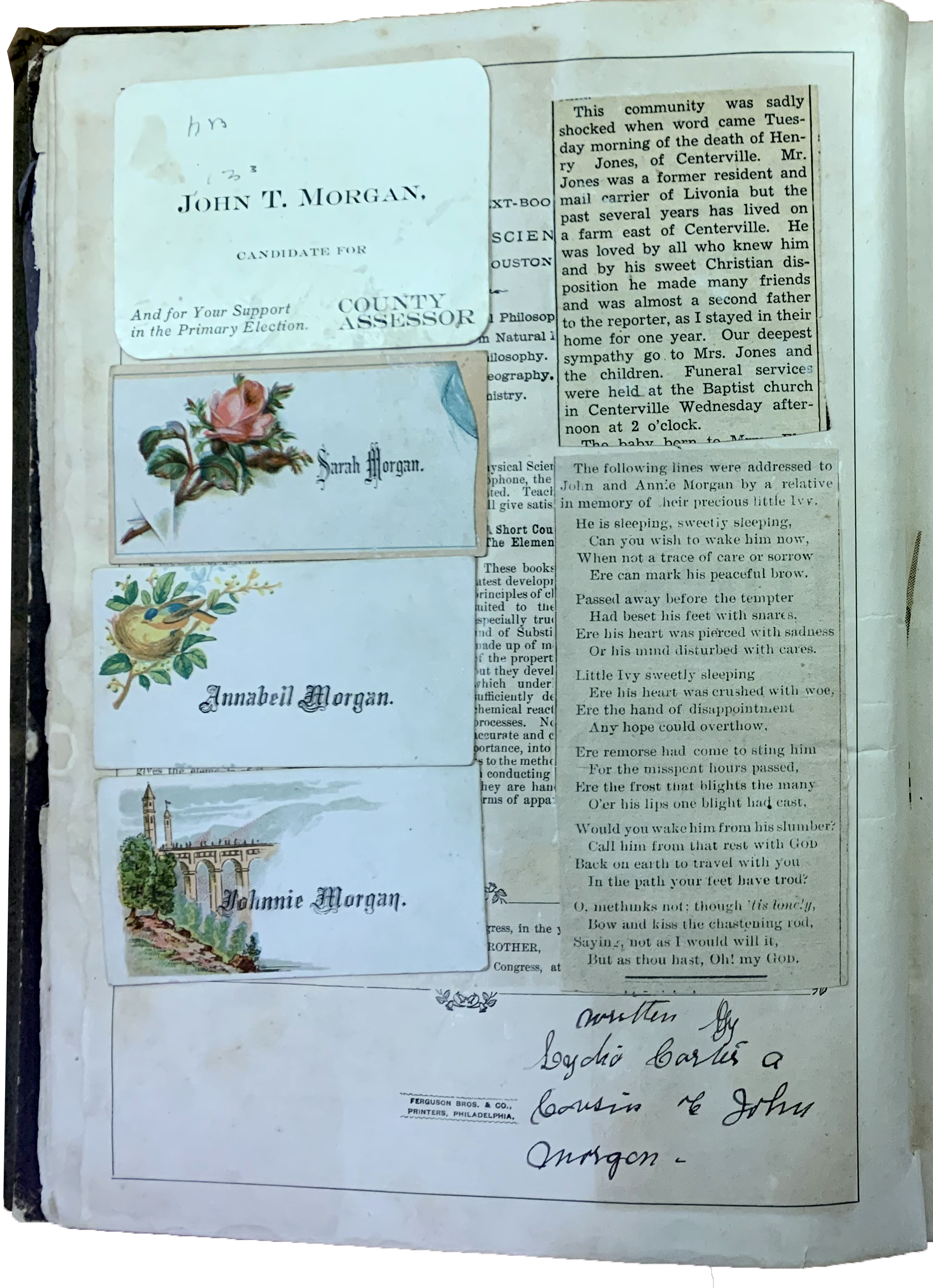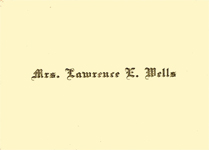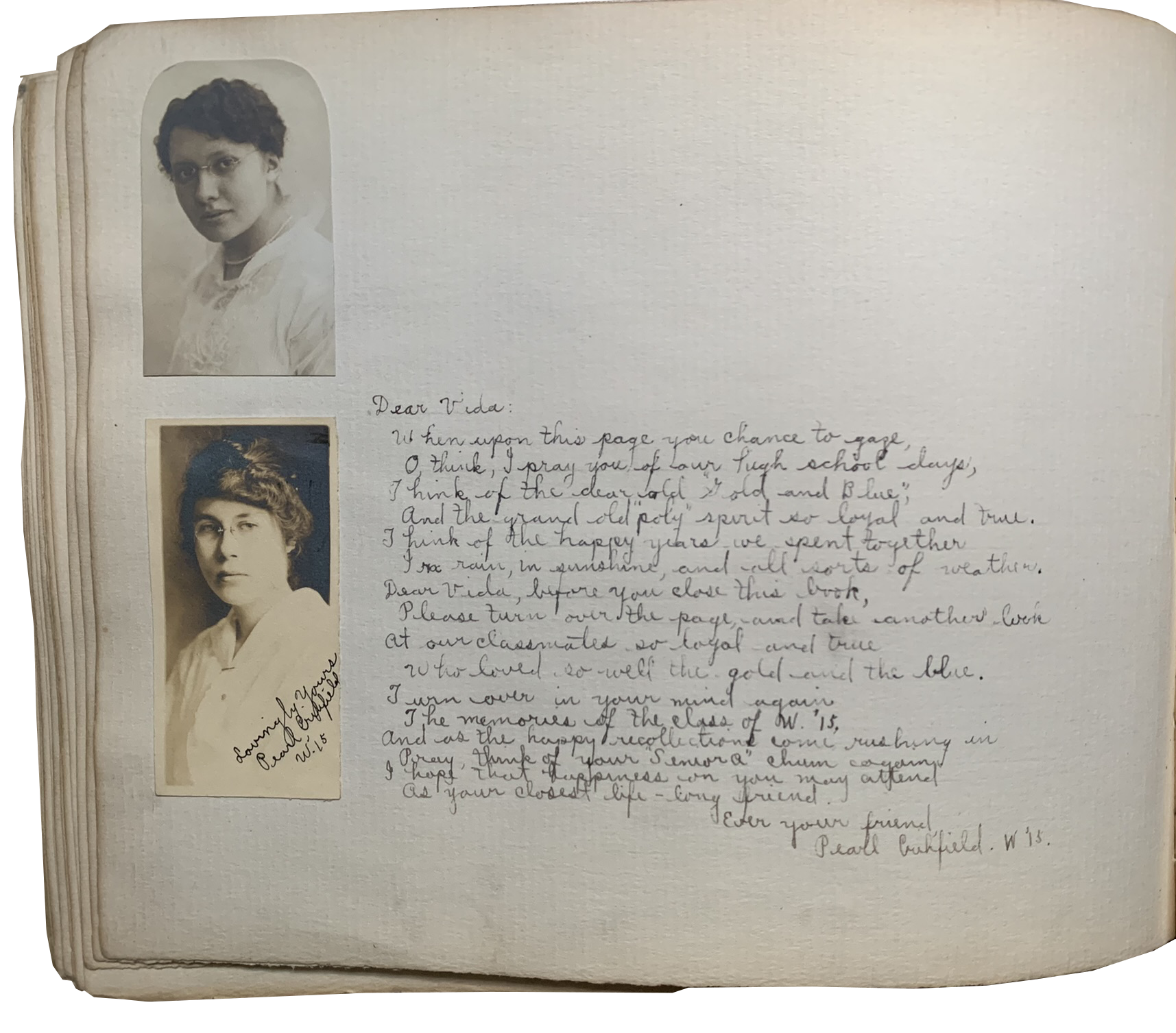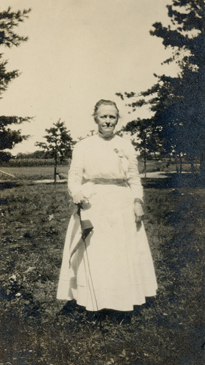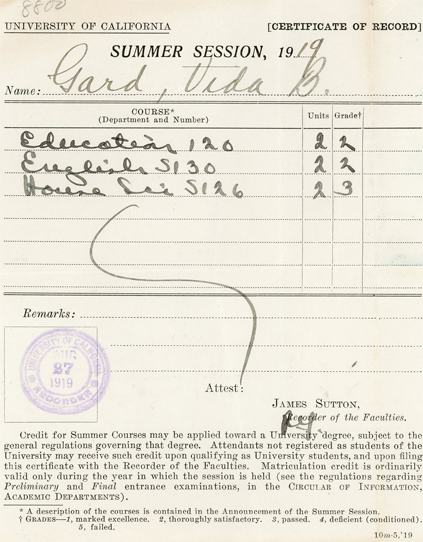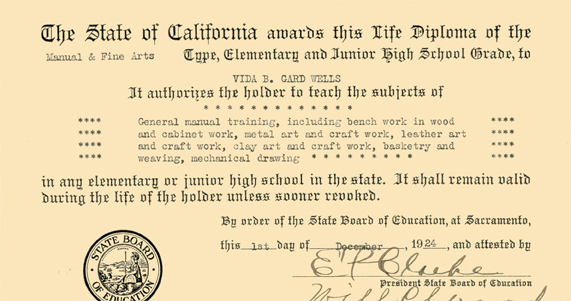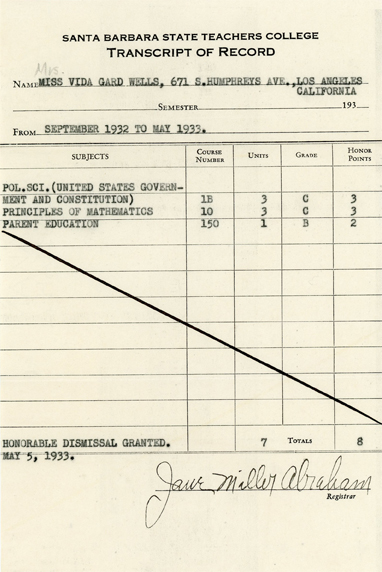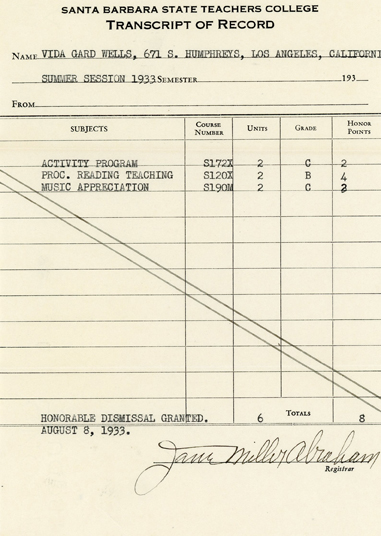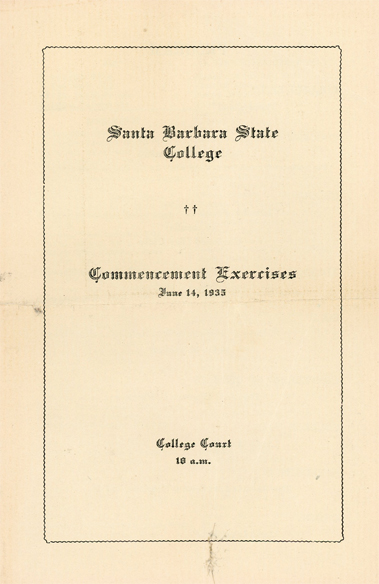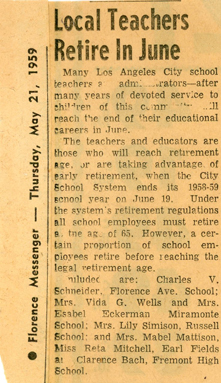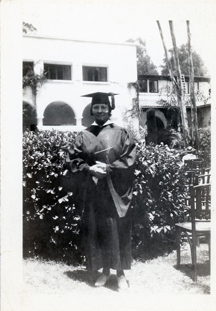I have written here about a few outcasts in my family history. Most recently, it was about the year and a half that my grandfather, Lawrence Wells, spent lonely and sometimes homeless in San Francisco, away from his wife, my grandmother, and baby daughter, my mother. You can read about this beginning in this post here. In an earlier post, I had written about an accused witch, Sarah Hood Bassett, my 7X great-grandmother, an outcast if there ever was one.
Today, I’d like to tell the story of an official banishment of one of my ancestors, who lived as an outcast upon threat of a hanging should he leave his designated refuge.
So, let’s get started, shall we?
We are going way back in time and place, to Switzerland in the very early 1600s.
Pierre Miville dit Le Suisse was born in Fribourg, in western Switzerland, sometime between 1602 and 1605. As a young adult, Pierre was employed in the very distinguished Swiss Guards, known for their protection of the prelate. He appears in the official records in 1635, when he was a witness to a marriage that took place in the church of Saint-Hilaire d’Hiers. He is described in this record as being a “sourice de Monseigneur the cardinal living in Brouage.”
(Most of my information for this post comes from “Our French-Canadian Ancestors”, by Thomas Laforest.)
In the registries of Brouage, it is recorded that Pierre married Charlotte Maugis around the year 1629. A few years later, the young couple had two children, a son and a daughter. After 1640, it became difficult to find employment in Brouage, as the harbor had been narrowed earlier by the residents of La Rochelle. They had hoped that the 20 barges of stones poured into the harbor would prove to be support for the development of salt mines, but instead, the stones caused the failure of the mine project, leading to economic decline.
In 1649, Pierre and his family immigrated to New France, on one of three ships hired for the voyage by wealthy merchants of La Rochelle. The ships were the Compagnie des Habitants, the Grand Cardinal, and Notre-Dame. The first record of the family in Quebec was October 5, when Pierre’s daughter, Marie, was a godmother at a christening.
On October 29 of that same year, the governor of Quebec granted the family three pieces of land, two of them across the St. Lawrence river from Quebec City in the siegneurie (estate, lordship) of Lauzon. This land would play a very important part in the story. Pierre later also owned lots in Quebec City.
Years passed, children were born, married, and given in marriage (including Francois and Aimee, siblings who are both direct ancestors), and land was farmed. Somewhere along the path of his life, Pierre took to ship-building. He became known in his community, and was second in command of the militia at Lauzon. Seemed to be a regular, upstanding citizen. So far.
Then in July 1664, Pierre got himself in trouble. He was imprisoned and appeared in court with the charge that he:
“…committed sedition and intentionally, through open force, accompanied individuals to kidnap passengers sent by the King, to the prejudice of the distribution which had been ordered by the Council.”
Yikes, Pierre… There are no further details about the circumstances of this incident. What people? Why kidnap them? What ever did Pierre and his compatriots hope to accomplish?
I have questions.
What is known is the punishment that Pierre endured. After pleading for mercy, for sedition was punishable by execution, his sentence was that he be:
“…banished in perpetuity from Quebec and relegated to his house located on the Coast and seignuerie of Lauzon… ordered that he keep his banishment and not leave the area of the said seignuerie of Lauzon on penalty of the gallows…”
I think they meant it, don’t you?
In addition to his banishment, his was required to pay a penalty:
…payable without delay, payable namely one-third to the King, for use in the cost of the war, and the remaining two-thirds to the poor of the Hotel-Dieu of this city.”
As a result of this very serious infraction, Pierre would remain for the rest of his life on his land across the river from Quebec. The photo below was taken when we visited Quebec in 2019; we are standing on the shore of the St. Lawrence in the area of the Plains of Abraham, looking across to the other side. Not a terrible place to live as an outcast.
Also as a result of the court’s decision, Pierre’s wife, Charlotte Mongis, had to take over all the family’s business dealings, done in person in Quebec City. In 1667, Pierre was hired to build a ship specifically to recruit Swiss workers for New France. Charlotte was Pierre’s designated representative for this deal and all other dealings after Pierre’s banishment.
Pierre passed away on October 14, 1669 in his Lauzon house. He was finally able to return to Quebec the next day, for his funeral and burial.
Sadly, towards the end of her life, Charlotte entered into a business partnership with two of her sons, that did not end well. She eventually had to sell much of her property to pay her debts. She suffered under the stress of the many court suits, eventually developing dementia. She passed away on October 10, 1676.
I would sure like to know more about the case against Pierre. What made him decide to act so foolishly, as he certainly knew of the consequences of sedition. Maybe the story is out there, but this is where I’m ending for today.
‘Til next time.


